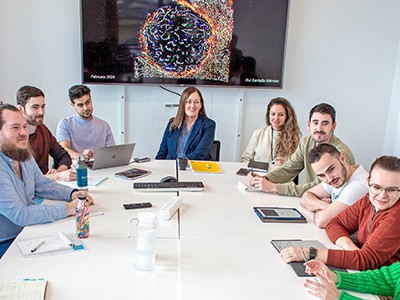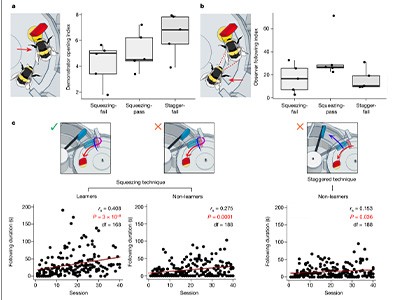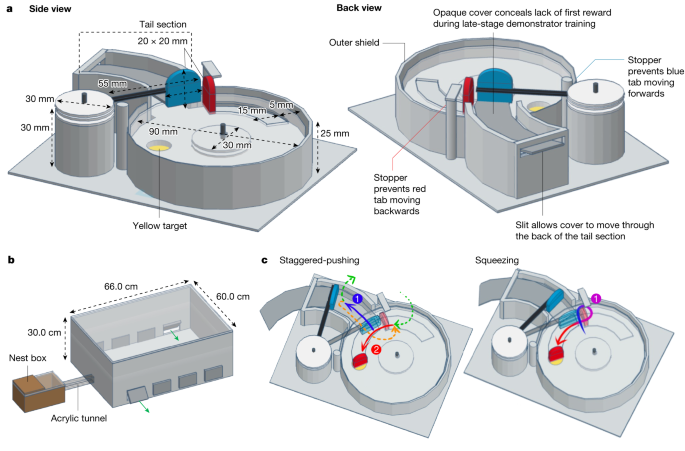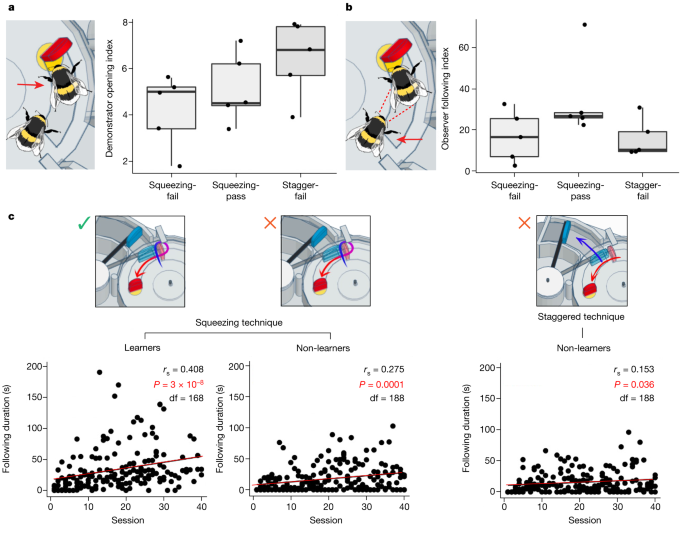[ad_1]
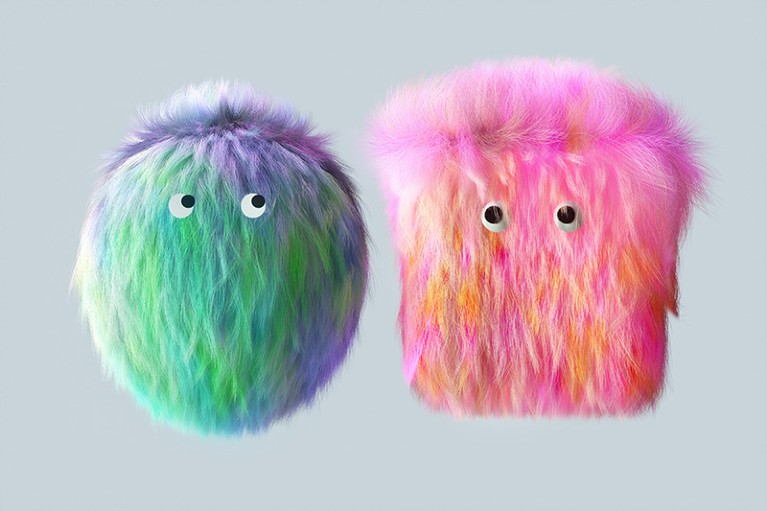
It takes all sorts: different collaborators approach projects in different ways, and managing relationships between them is a crucial challenge.Credit: Andriy Onufriyenko/Getty
As a psychologist, I’m equipped with a theoretical understanding of emotions, attitudes, beliefs and behaviour – and, because of this, I might reasonably be expected to manage relationships with collaborators effectively. Some of my best memories of collaboration involve teamwork in which we have made space to speak explicitly about our emotions, attitudes, beliefs and behaviours with empathy and compassion. But it would be naive of me to think that all my collaborations will flow smoothly and easily.
Some time ago, I found myself venting about a difficult collaboration by capturing my emotions on paper. I created personas with whom to have imaginary dialogues, and used humour to detach myself from the situation and gain perspective. I then reflected on how everyone in the team had contributed to the mess we were in, and I made an effort to take responsibility for my own reactions in the situation. Finally, I reflected on what I could do differently in future.
How I made my lab meetings more inclusive with a rapid-relay technique
My research looks at the meaning we give to the use of silence in our everyday lives, and to the promotion of mental health and well-being through writing groups. Therefore, taking the time to write about the challenges I faced in one of my projects felt natural.
The personas I created fitted five collaborator attitudes. The list is far from comprehensive and often veers into stereotype, but I’ve found it helpful, and sometimes funny, to think about academic collaborations in this way, so as to better manage interpersonal relationships.
Five collaborator attitudes
Which of these personas have you encountered in your collaborations?
• The ‘diva’ brings visibility to a project because they have already published on the topic, or are on the cover of magazines. However, they often expect to be a co-author by default, because they are enrolled in the project, present themselves as immensely busy, expect others to adapt to their calendars, show little room for compromise or rush into sketching bullet points that others need to decipher and elaborate on. When they do share their knowledge, they can quickly help the team become unstuck.
• The ‘captain’ gives a sense of direction to a manuscript, and can bring the whole team with them when at their best. Their authoritative style fits the conventional supervisor–supervisee dynamic, in which the supervisee receives a to-do list of corrections. And if the manuscript contains a typo, the captain comments on it rather than correcting it themselves.
• The ‘ghost’ appears and disappears. Sometimes they’re available and committed, but occasionally they’re hard to find, slowing decision-making and confusing the rest of the team. Getting this person on a call or to a meeting might be difficult. They do eventually attend to their tasks, even if delayed. If there is active conflict, their quietness might inspire others to pause and reflect.
• The ‘ant’ is reliable and available. Even when busy, they find time for a short call or to answer a crucial question by e-mail. Their egos are small, and both their contributions and their feedback are constructive. They are also conciliatory when conflict arises. But their neutrality can be frustrating, and sometimes it doesn’t help to resolve a conflict.
• The ‘bumble bee’ is hard-working, humble and efficient. They reply quickly and compromise on dilemmas around deadlines, schedules and tasks. They tend to feel more weighed down than others when conflict arises. If they end up taking on more responsibilities than necessary to keep the boat afloat, they risk overreacting to missed deadlines or misunderstandings.
Collection: How to grow a healthy lab
That reciprocal feeling
We don’t always have the freedom to choose who we work with, so count yourself lucky if your team includes ants, bumble bees or both. Aim to collaborate with people who actively reflect on the potential biases of their scientific thinking, and who can compromise after a discussion, or even admit they were wrong. Pay attention to the words they use to refer to younger scholars, and whether they prefer to give commands than to propose shared responsibilities. Do you feel reciprocity when you approach them, or do you sit with the gut feeling that communication goes only one way, because they sit above you in a certain hierarchy?
We all risk showing attitudes typical of divas, captains and ghosts when we are stressed, demotivated or busy. In addition, burn-out can be around the corner for ants and bumble bees.
This is why, if you want to submit a grant proposal or an article within a given deadline and survive the process, you should make a cooperation agreement with co-authors as soon as possible. Here’s how to do it.
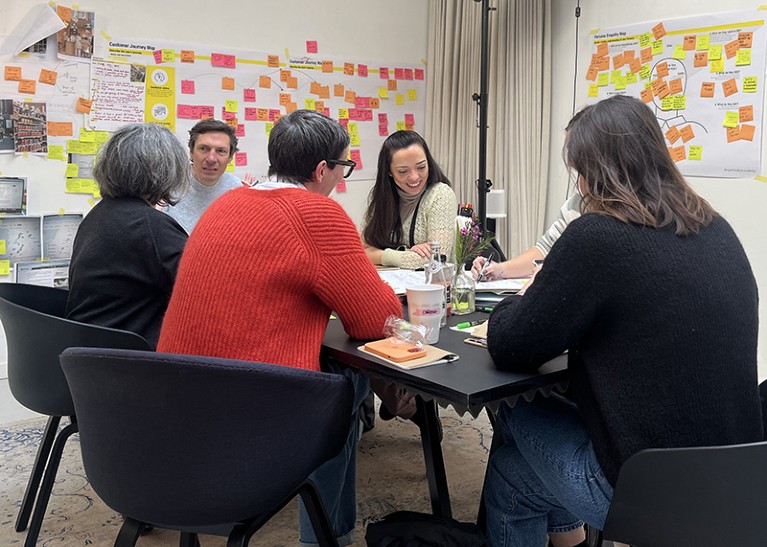
Olga Lehmann (back, centre) works with her team on a cooperation agreement.Credit: Design Thinkers Academy, Netherlands
Personalize cooperation agreements. Cooperation agreements are contracts between collaborators that lay out some general rules of behaviour. They should be a team effort, and not only the priority of a principal investigator. Make clear at a meeting what you all expect from each other as collaborators. This could, for example, include a commitment that every author reads entire drafts, and not only sections of it, or set out what would happen if the product of the project is commercialized. What seems obvious to you might not be a given for your colleague. Clarify how to deliver and receive feedback, such as pointing to what others have done well, and try to honour and understand that there might be cultural differences in how people express their points of view.
Decide what should happen when. Agree when co-authors are to put their hands on the keyboard (to correct a typo, for example), and when they should make side comments for others to work on (to clarify the meaning of an idea, for instance, or the significance of results in a previous study).
Careers toolkit
Build meetings into the schedule. I regret the times I did not allocate enough time for meetings. This led to e-mails being the main means of communication, and a fast-track for misunderstandings. The collaborations that have worked best for me included regular check-in meetings, in person or remotely — with actions sent to those who could not attend, along with a short video or written summary. I often returned to these minutes when in doubt, which helped me to feel effective in my communication. Scheduling periodic check-ins to discuss the collaboration process is a worthwhile investment, even if it takes some effort to make calendars coincide.
Make a conflict-management plan. Agreements that focus only on the distribution of tasks are naive. What happens, for example, if co-authors disagree on the interpretation of data, the theories around it, or how tasks are allocated? Don’t wait until conflict jumps into your office uninvited.
Expect conflict to emerge in one way or another, and be prepared for it with a plan of action. Will the entire team be on board to make decisions if disagreements occur? When will an external adviser be contacted? What should be kept in e-mail format, and when should people have a call? Ask all your team members the same questions, and write the answers in a common document. We all have blind spots, and we need one another to gain insight, which is difficult when running against the clock or dealing with chaotic group dynamics when divas, captains and ghosts are on board.
Give people the benefit of the doubt. Show empathy to others, while holding them accountable. Trust that most of the co-authors want to submit a clear, structured and promising manuscript to a journal or funding agency. Perhaps a co-author is going through the break-up of a relationship, or a bereavement, or is closing a book deal. Maybe they are not as familiar as you are with the features of the writing platform you are using. Be kind, rather than officious, when redirecting people to what stands in the cooperation agreement.
Have an emergency exit available. “Don’t take it personally” is often good advice, but sometimes things do get personal in academia. As a young scholar, I have been afraid to be direct when people have undermined my competence or will. Power dynamics are a part of most early-career researchers’ daily lives, and you cannot force someone listen to you if they are committed to misinterpreting your intentions or have a rigid mindset that obstructs working collaboratively.
As passionate as you might be about your science, you do not need to bear disrespect to be published. If you feel that is happening, consider telling someone else at your workplace, arrange to postpone deadlines until conflict is sorted, talk to a counsellor or even report the situation to your institution’s ethics committee or funding agency, if necessary.
Fair’s fair
We need to break free from impractical and unfair co-authoring attitudes that cost us money and time, and threaten our mental health. To do so, we must be more intentional about the relational process that writing a scientific article or application entails. Whether the first author of an article or a grant application is a junior or a senior scholar, all co-authors should honour what writing collaboratively is about. It is fair to expect the actual work that someone has put into a manuscript to be a central criterion for co-authorship status.
[ad_2]
Source Article Link


